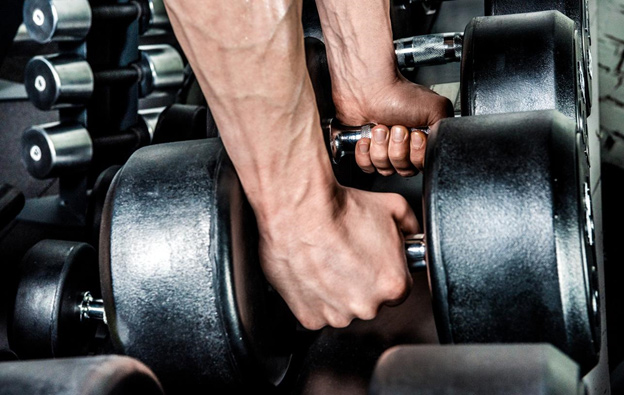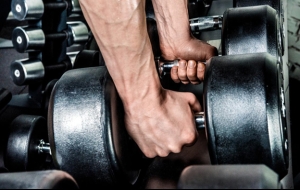
Whether you're lifting at the gym, working with tools, or staying active on the weekends, your hands are put to serious work. Occasional soreness may seem like part of the routine but ongoing pain, numbness, or weakness could signal an underlying issue. This Men’s Health Month, it’s worth paying attention to what your hands are trying to tell you and knowing when to seek expert care.
Common Causes of Hand Pain in Active Men
Hand pain in men who lift or work with their hands often stems from repetitive motion, overuse, or direct trauma. Common conditions include:
- Tendonitis: Inflammation of tendons from repeated strain, especially in the wrist and forearm.
- Carpal Tunnel Syndrome: Caused by compression of the median nerve, leading to numbness or tingling in the fingers.
- Trigger Finger: A condition where a finger gets stuck in a bent position, often due to repetitive gripping.
- Wrist Ganglion Cysts: Fluid-filled lumps that can cause discomfort, especially during weight-bearing movements.
Recognizing the signs early can help prevent long-term damage and more invasive treatments.
When to Take Hand Pain Seriously
It’s easy to write off pain as “part of the grind.” But if you notice any of the following, it may be time to seek a professional evaluation:
- Pain lasting more than a few days
- Numbness or tingling in the fingers
- Swelling or visible deformity
- Loss of grip strength
- Difficulty with fine motor tasks
Ignoring symptoms could lead to chronic problems or even permanent damage, especially if nerve compression or ligament injuries are involved.
Protecting Your Hands Without Losing Progress
Here are a few tips to help you train smarter and stay pain-free:
- Warm up and stretch: Include wrist and finger stretches in your routine.
- Use proper form: Especially during heavy lifting or repetitive tasks.
- Incorporate grip training: Strengthen the supporting muscles.
- Don’t push through sharp pain: Discomfort is one thing; pain is your body’s warning system.
If hand pain lingers despite rest and at-home care, it’s worth getting it checked out. The Hand, Wrist & Elbow Institute at Midwest Orthopaedics at Rush provides expert evaluation and a full range of treatment options—non-surgical and surgical—to help you regain strength, function, and confidence in your hands.

